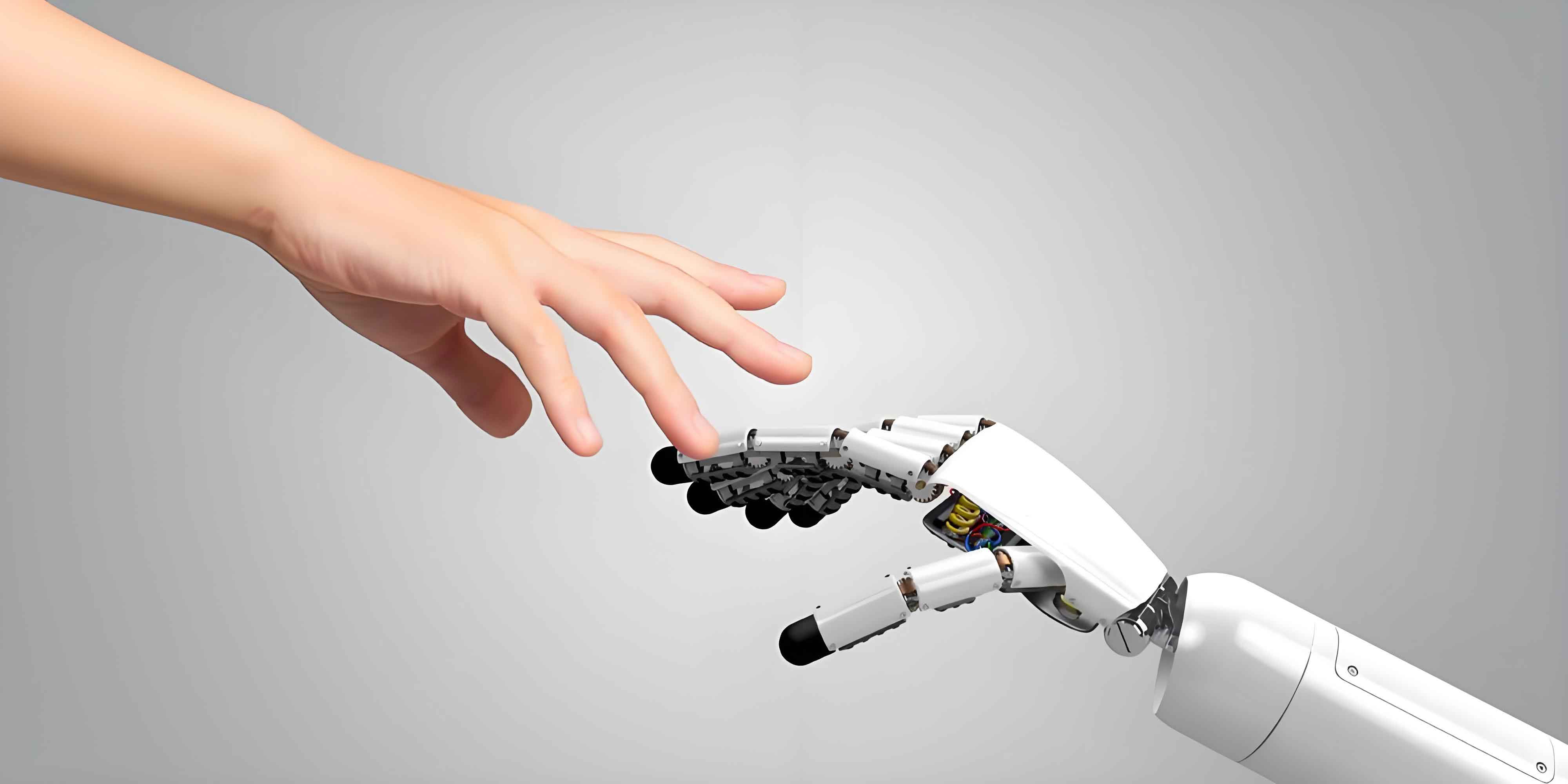
As the Spring Festival of 2025 approached, catalytic events converged to propel embodied intelligence robots toward commercialization. The DeepSeek large language model breakthrough, combined with Unitree Robotics’ viral performance during the Spring Festival Gala, ignited unprecedented momentum. By March 2025, the robot industry unleashed concentrated innovation, with multiple companies advancing product iterations featuring breakthroughs in motion control, multi-agent collaboration, and dexterous manipulation.
This acceleration prompts critical questions: Has embodied intelligence reached the threshold of scalable application? Is this China’s pivotal turning point in the global robot industry?
- Robot Industry Accelerates Product Launches
Shenzhen-based Ubtech Robotics, collaborating with the Beijing Humanoid Robot Innovation Center, unveiled the Tianxingzhe full-size humanoid robot on March 12. Priced competitively at ¥299,000 and scheduled for Q2 2025 release, Tianxingzhe represents a high-performance research platform. This follows Ubtech’s recent announcement of achieving swarm intelligence capabilities for multi-scenario collaborative operations.
On March 11, Dobot Technology—dubbed the “collaborative robot first stock”—debuted its humanoid prototype featuring bimanual dexterity for kitchen tasks like pouring milk and toasting bread, combined with straight-knee walking mechanics.
Simultaneously, Shanghai-based Aitrend Robotics launched its Lingxi x2 model, demonstrating integrated mobility, interaction, and operational intelligence through bicycle riding and hoverboard navigation.
Other notable advances include Zhongqing Robotics’ fluid running demonstrations at Shenzhen Bay Park and Unitree Robotics’ upgraded G1 humanoid performing 720-degree spinning kicks. This surge in technological showcases reflects the robot industry’s intensified R&D cycle, fueled by massive capital influx and public attention.
- Statistical Surge in Robot Industry Releases
According to the Humanoid Robot Application Alliance, 2024 witnessed an explosive growth in humanoid robot releases. Global new product launches exceeded 106 models—surpassing the cumulative total of the previous two decades. Quarterly distribution reveals:
| Quarter | Companies | New Models | Domestic (China) | International |
|---|---|---|---|---|
| Q1-Q2 | N/A | 30 | N/A | N/A |
| Q3 | 38+ | 45 | 39 | 6 |
| Q4 | 25+ | 31 | 26 | 5 |
| 2024 Total | 63+ | 106 | 65 | 11 |
A market leader in general-purpose humanoids observed: “Unitree’s Gala showcase undoubtedly accelerated public familiarity. But fundamentally, this robot industry explosion stems from converging technological breakthroughs and ecosystem maturation. Companies are now racing to secure market positioning.”
- Global Rush Toward Robot Industry Entry
International interest is surging, as evidenced when Danish delegates visited Leju Robotics in Shenzhen on February 26. One representative noted: “Leju’s generalization capabilities surprised us,” adding they planned to inspect multiple Shenzhen robotics firms. Leju’s overseas division confirmed receiving numerous inquiries from global research institutes and industrial players.
This has become standard across Shenzhen’s robot industry. Companies like Digital Huaxia and Daimeng Robotics report peak periods of “6-7 visiting delegations daily.” An investor acknowledged: “The pace is overwhelming. Valuations require nine-figure minimums just to access humanoid manufacturers.”
- Robot Industry Investment Boom Intensifies
Valuations continue climbing dramatically across the robot industry:
- Aitrend Robotics secured seven funding rounds from backers including BYD and Sunon Innovation, reaching unicorn status with a ¥7 billion valuation.
- Unitree Robotics’ valuation reportedly exceeds ¥20 billion, with investors struggling to access allocation opportunities.
- Shenzhen-based Zhongqing Robotics completed a ¥200 million funding round at a ¥1.5 billion valuation, targeting ¥2.5 billion for its next raise.
- Zhipingfang Robotics announced a ¥100 million+ Pre-A+ round in early March, while LimX Dynamics secured Series A+ funding.
Multiple industry sources confirmed imminent funding announcements, reflecting the robot industry’s capital saturation.
- Shenzhen Emerges as Robot Industry Industrialization Epicenter
The Greater Bay Area’s strategic dominance was highlighted when Unitree established Shenzhen Tianyi Technology in Nanshan District, expanding its robot industry footprint. This aligns with NVIDIA CEO Jensen Huang’s earlier endorsement: “The Greater Bay Area uniquely converges mechatronics and AI capabilities for robotics development.”
Shenzhen’s robot industry leverages unparalleled advantages:
- Global electronics manufacturing hub with complete supply chains from chip design to precision assembly.
- Academic resources including Harbin Institute of Technology (Shenzhen) and Hong Kong University of Science and Technology.
- Rapid prototyping capabilities—Daimeng Robotics CEO Duan Jianghua revealed: “With prepared components, we can produce a dexterous hand in 50 minutes.”
A Digital Huaxia executive emphasized: “While technical debates continue, Shenzhen is unequivocally the optimal choice for robot industry industrialization—this determined our headquarters location despite having R&D centers elsewhere.”
As innovation, capital, and manufacturing converge, Shenzhen’s robot industry ecosystem positions the Greater Bay Area at the forefront of embodied intelligence commercialization.
